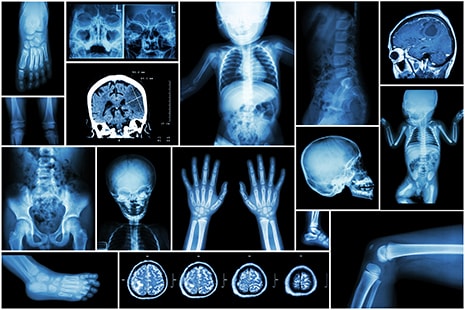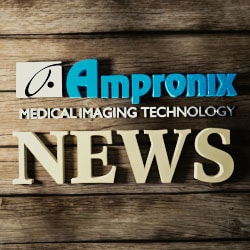World collaborative study uses MRI to determine Risk of Autism in Infants
Orange County, CA - May 17th 2017 - Researchers at the University of North Carolina have used a combination of MRI scans and a computer algorithm to examine high risk infants for autism before symptom materialization. Though a world collaborative study, some notable contributors to this research include UNC, the University of Washington, Washington University in St. Louis, The Children’s Hospital of Philadelphia, McGill University, the University of Alberta, the University of Minnesota, the College of Charleston, and New York University.
The researchers chose to study children in infancy whose older siblings had an autism diagnosis. To minimize any skewed or outlying data in the results, hundreds of children were studied to reflect a proper average success rate. According to the study’s senior author Joseph Piven, MD, “Our study shows that early brain development biomarkers could be very useful in identifying babies at the highest risk for autism before behavioral symptoms emerge.” He went on to explain that the earliest a child can be diagnosed with autism is between 2 and 3 years of age. However, this study was able to narrow in on high risk infants with older autistic siblings within the first year of life. This allowed researchers to investigate for signs of symptom onset.
Autism Spectrum Disorder, or ASD, is impossible to diagnose before 24 months of age. Side effects are characterized by a range of ritualistic, repetitive, and stereotyped behaviors. Unusual visual fixations, delayed communication, and decreased interest in interaction are some of the signs researchers looked for in order to select the right participants.

Researchers took MRI scans of the infants’ brain volume, surface area, and cortical thickness at 6 and 12 months of age. A computer program was then implemented in distinguishing those most likely to meet criteria of babies already diagnosed. With this data, the computer program developed an algorithm which was subsequently applied to the chosen set of participants.
Researchers found that the algorithm correctly predicted 8 out of 10 infants who would later meet criteria for diagnosis at 24 months. The study’s goal is to correctly diagnose before symptom emergence. UC Davis is currently working on research to prove autism can be cured by therapy when caught in its earliest stages. With this early detection these studies can discover a potential cure for the disorder.
“We are still enrolling families for this study, and we hope to begin work on a similar project to replicate our findings.” said first author Heather Hazlett, PhD, assistant professor of psychiatry at the UNC School of Medicine and a CIDD researcher. Piven is optimistic of the findings, stating, “We haven’t had a way to detect the biomarkers of autism before [condition onset and symptom development,]” he said. “Now we have very promising leads [suggesting] this may in fact be possible.”
Contact Ampronix:

Email: info@ampronix.com
International Sales: +1 949-273-8000
Domestic Sales: 1800-400-7972 for US and Canada
Follow Us:
Share This Article:
View our Product Catalog Online Here
About Ampronix
Ampronix is a renowned authorized master distributor of the medical industry's top brands as well as a world-class manufacturer of innovative technology. Since 1982, Ampronix has been dedicated to meeting the growing needs of the medical community with its extensive product knowledge, outstanding service, and state-of-the-art repair facility. Ampronix prides itself on its ability to offer tailored, one-stop solutions at a faster and more cost-effective rate than other manufacturers.
Ampronix is an ISO & ANSI/ESD certified facility. To learn more go here.
World collaborative study uses MRI to determine Risk of Autism in Infants Orange County, CA – May 17th 2017 – Researchers at the University of North Carolina have used a combination of MRI scans and a computer algorithm to examine high risk infants for autism before symptom materialization. Though a world collaborative study, some notable contributors […]



